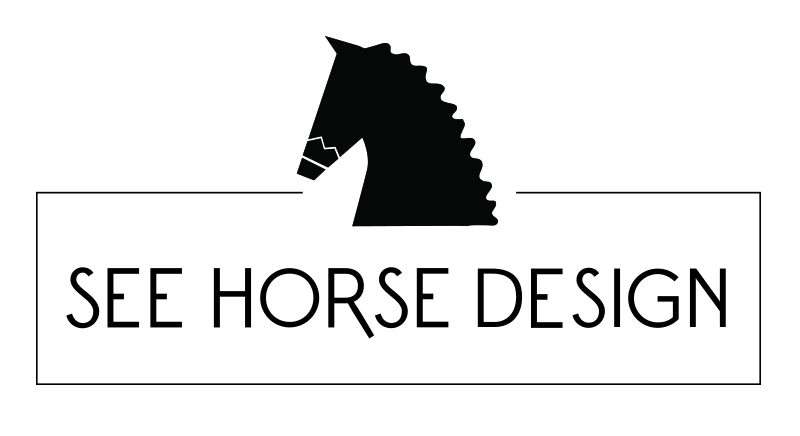The Art of Woody Crumbo
As a native Okie, I grew up learning about Native American history, traditions and art every year in school. It was always my favorite part of the year, as it usually included some type of project. I made beaded jewelry, adobe bricks, a tee-pee that I could get inside of, and my dad even helped me cut down a branch and whittle a bow from our apple tree. All for class, of course! I was pretty into it. Other kids would play house, but I would build tee-pees in my room and pretend I was living in the wild with my horse and pet wolf. Most of this probably came naturally, as I do have Cherokee ancestors. But I think some of it came from a deep appreciation for a culture that saw the importance of living in harmony with the land and treated animals with such great respect. They also created some amazing artwork and jewelry! I’ve always been a huge fan of Native American art and I have always loved turquoise jewelry. But one style of this artwork that I’ve always loved a bit more than the rest is the watercolor/acrylic/oil paintings that are done without shadowing, hardly any depth and usually on solid colored paper that is used as the background. One of my favorite artists who worked mainly in this style is Woody Crumbo.

Woody was born in Lexington, OK and was orphaned at a young age due to the death of his parents. He was taken in by various Native American families in the Sand Springs, OK area and attended school there. When he was 17, he began studying art at the Chilocco Indian Agricultrual school, where he also learned to play the ceremonial wooden flute. He later attended Wichita American Indian Institute, Wichita University, and the University of Oklahoma. During his art studies, he supported himself financially by touring the U.S. as a Native American dancer and sold his artwork during his travels. He later became the Director of Art at the Bacone College in Muskogee, OK and then curated a collection of Native American art at the Gilcrease Museum in Tulsa, OK. They later used his Peyote Bird painting as the museum logo.

That last part is where I come in. I worked at the Gilcrease Museum for a little over a year after I graduated college and absolutely LOVED it! Their collection of Native art is fabulous and the shop sells original art, turquoise, books and tons of amazing Pendleton products! So, while working at the Gilcrease, I was required to learn about the artwork and special exhibitions, which allowed me to discover just how much I loved Woody Crumbo! Much of the art created in this style that I had admired in the past was his, and I thought it was interesting that he was also from Oklahoma!
So you’re probably wondering how this could possibly relate to horses, right? Well, did you know that his most famous painting is called “Sprit Horse”? He actually did a few variations on the “Spirit Horse” but many of his other paintings feature horses. But why all of the colors? He once said, “[They] have never been animals to me when they get on canvas. They are spirits, and if I paint them in unreal colors, it is meant to prove that they are phantoms.” Not all of his horses are painted this way, but it’s interesting to note the similarities in the ones that are. I love his scenes of animals in nature, but my second favorite series that he painted were the dancers. He portrays each dancer with such motion and expression. They’re truly amazing!


Woody was such an incredible artist and an important part of Native American art history! Even though he moved to New Mexico after he got married and had kids, he eventually moved back to Oklahoma and was buried in Okmulgee, OK. Not far from where I live today! You can find his artwork in many museums around the country and I encourage you to look out for them!






Want more info about Woody? Check out this great biography HERE!
Sorry, the comment form is closed at this time.







Deb
I just purchased a silk screen picture of the warrior on the black spotted horse pictured on your website. Does it have a name? I love his work and was surprised to find it near my home in Nebraska.
Thank you for your help in advance.
Deb
See Horse Design
Hi Deb,
Thanks so much for visiting my blog! I believe it’s called “Indian on Spirit Horse”. I found this link: http://www.worthpoint.com/worthopedia/woody-crumbo-indian-on-spirit-horse-silk-screen. He did a lot of “Spirit Horses”, which are all fantastic. Congratulations on finding such a beautiful piece!